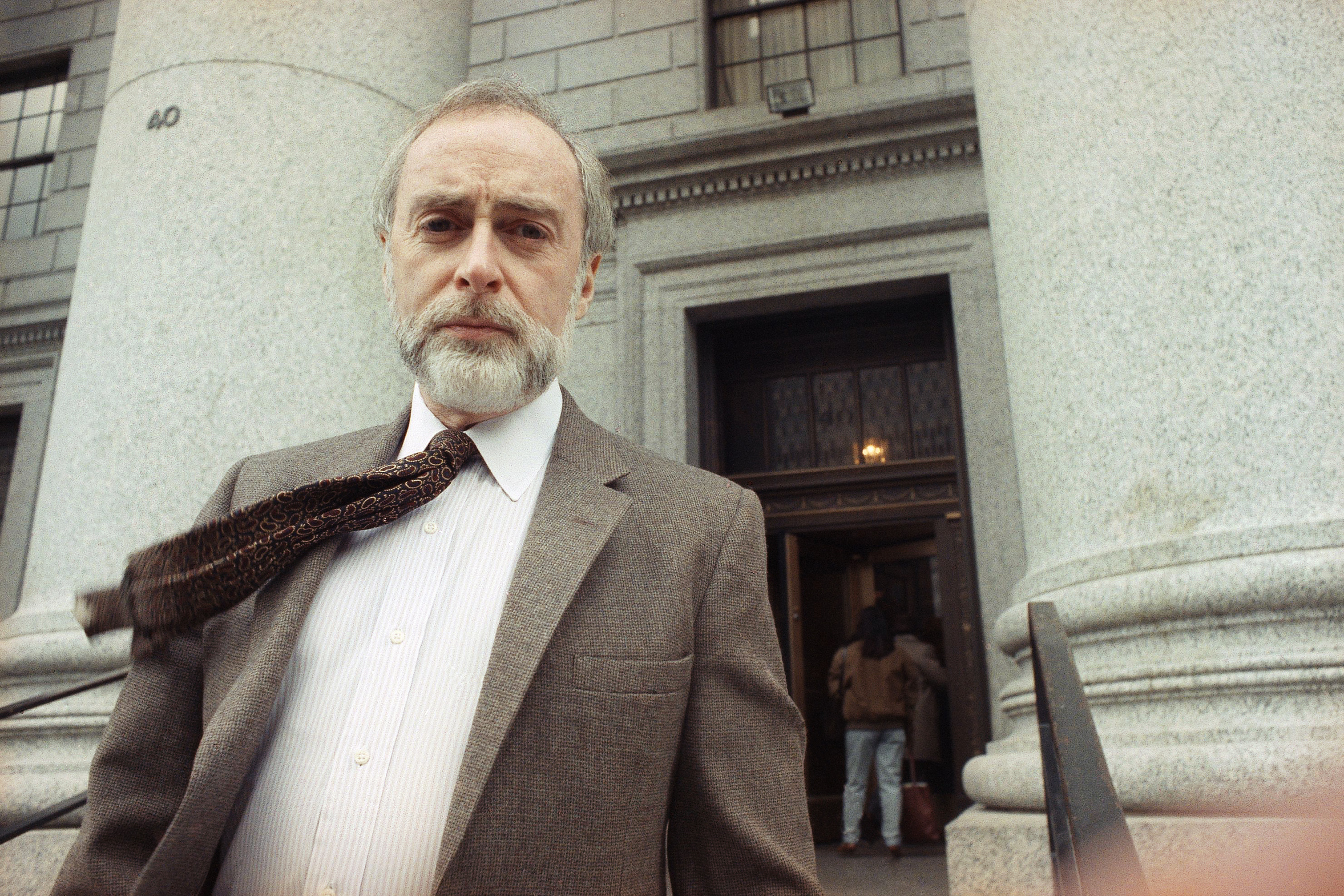POUGHKEEPSIE, N.Y. — From the Khmer Rouge takeover of Phnom Penh to college classrooms in New York, Sydney Schanberg showed a passion and dedication to journalism.
"Knowing Syd as a friend and as a journalist were both something to be treasured," said Mary Beth Pfeiffer, former Poughkeepsie Journal reporter and Schanberg's friend. "He cared so much about his writing, the issues and making a difference."
Schanberg, the Pulitzer Prize-winning journalist and New Paltz resident whose work inspired the film The Killing Fields, died Saturday in Poughkeepsie, Charles Kaiser, a friend and former New York Times reporter, told the Times Saturday. Schanberg was 82. Kaiser told the Times that Schanberg suffered a heart attack on Tuesday.
Schanberg was best known as a New York Times correspondent who won a Pulitzer Prize for his coverage of the genocide in Cambodia in 1975.
The Killing Fields was a 1984 movie about the Khmer Rouge regime in Cambodia based on the reporting of Schanberg and Dith Pran, Schanberg's Cambodian assistant, who later also worked for the Times. Schanberg was played by Sam Waterston, who was nominated for the Academy Award for best actor. Schanberg attended the Oscars in 1985 in Los Angeles.
When Communist guerrillas overran the Cambodian capital of Phnom Penh in the spring of 1975, the Times said, Schanberg and Dith refused pleas by their editors to evacuate.
Schanberg and Dith were briefly captured by the guerrillas, but later fled to the French Embassy. Dith then was expelled and joined civilians fleeing into the countryside. Two weeks later, Schanberg evacuated to Thailand, reporting on massacres and the displacement of millions of people along the way.
Dith was not heard from for several years until he escaped to Thailand in 1979. After being reunited in New York, Schanberg wrote a cover story for the New York Times magazine about Dith’s harrowing experience, surviving beatings, starvation and backbreaking labor.
Though best known for his work exposing the horrors of Cambodia, Schanberg fell in love with New Paltz after teaching a course at SUNY New Paltz in spring 2001 as part of the James H. Ottaway Sr. Visiting Professorship.
Schanberg was the first journalist to take the role, according to Robert Miraldi, head of the college's journalism department at the time. The name of the class was "The News the Press Doesn't Cover."
Far from a traditional professor, Schanberg often took time to mentor students on work they were doing outside the classroom, and for fun, once held class on a student's front porch of a rented apartment in New Paltz.
"Instead of a lecture, it was him engaging us in discussion on what we wanted to know or what was trending in the news," said Andrew Hackmack, 35, of Hicksville, a student in Schanberg's class. Hackmack went on to edit weekly newspapers for many years after graduation.
Schanberg purchased a house in New Paltz after finishing his professorship, said Miraldi, a former Poughkeepsie Journal columnist and Pfeiffer's husband.
"Syd had a great passion for investigative journalism, and he did what he knew best," Miraldi said. "He mentored his students and he sent them out on investigative reporting assignments."
Schanberg joined the Times in 1959 as a copy boy and remained there for 26 years. He later wrote a column for New York Newsday.
Contributing: The Associated Press

![Sydney Schanberg [image : 86896202]](http://www.gannett-cdn.com/-mm-/d5be39c26f682b37ea2ae1a85196231ead58ae4a/c=332-0-2690-2015/local/-/media/2016/07/09/Poughkeepsie/Poughkeepsie/636036659155120975-AP-9103070729.jpg)

